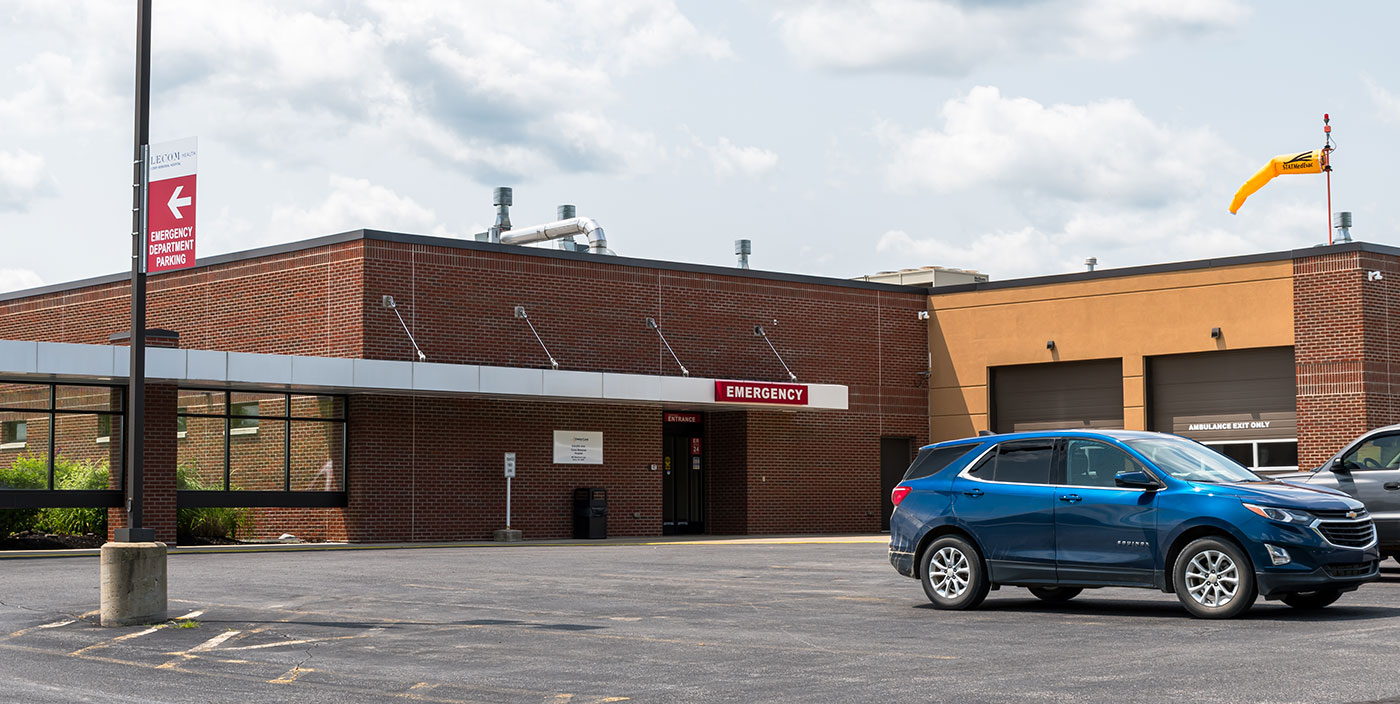To understand why Medicare and Medicaid require broad reform, one need only glance at the Congressional Budget Office's projections. Combined, the programs are expected to make up nearly one-third of all federal spending by 2025, crowding out other priorities.
Without reforms, the two programs are on course to either sink the economy through massive tax increases, or fray the safety net from draconian spending cuts. Reorganizing these programs around the concepts of competition, high-deductible health insurance and health savings accounts would do much to keep them sustainable.
Let's start with Medicare. Despite essentially flat cost-growth in recent years, Medicare's trustees still expect the program's trust fund to run out of money by 2030, requiring a reduction in benefits or a tax hike, since dedicated revenues would only cover 86 percent of costs. And while the program has provided significant financial protection to the elderly, offering such protection, fortunately, doesn't require bankrupting the country.
Traditional Medicare should be allowed to compete head-to-head with private plans that participate in the Medicare Advantage program – an approach known as “premium support” that has received support from Medicare's Payment Advisory Commission, and has been proposed by Representative Paul Ryan, Republican of Wisconsin. This alone could save at least $22 billion over 10 years if current beneficiaries could keep their coverage.
Medicaid's challenges are different. The most recent estimate of the value of Medicaid, from economists at Harvard, MIT and Dartmouth, is shocking. For every dollar of spending, the value to recipients is between 20 cents and 40 cents. This implies that enrollees would rather spend this money themselves on other things.
Medicaid reform should focus on transferring spending on providers into direct cash assistance to the poor – Indiana's “Healthy Indiana Plan” can serve as one model. The amount provided should be enough to purchase high-deductible insurance, with some money deposited into an associated health savings account. For the vast majority of (relatively) healthy Medicaid enrollees, this is enough. For the disabled, or those with serious medical illness, Senator Bill Cassidy, Republican of Louisiana, has proposed per-capita based allotments. That funding could be block granted to the states, allowing them to experiment with new payment strategies for high needs patients.
These and similar reforms would help ensure that we can celebrate Medicare and Medicaid's 100th anniversary 50 years from now.
This piece originally appeared in the New York Times Room for Debate
______________________
Yevgeniy Feyman is an adjunct fellow at the Manhattan Institute and a senior research assistant at the Department of Health Policy and Management at the Harvard School of Public Health. Previously, he was MI's deputy director of health policy. Follow him on Twitter here.
This piece originally appeared in New York Times Room for Debate


